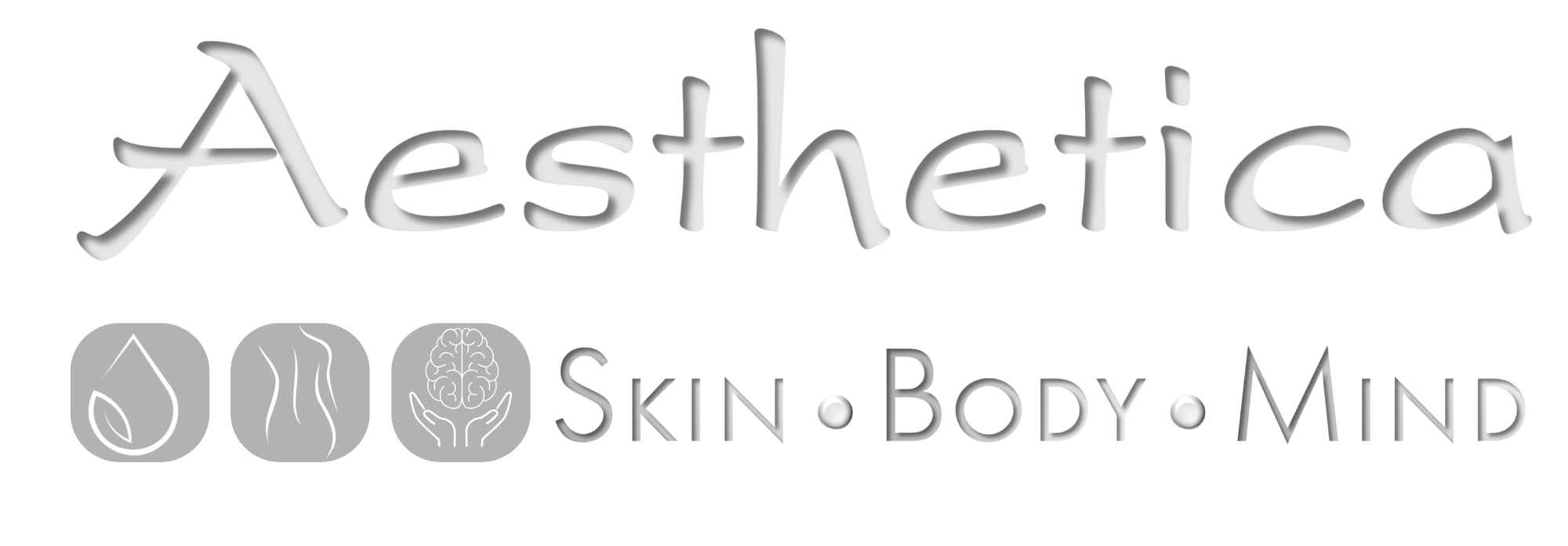The most common cause of hair loss results from androgenetic alopecia, a common condition that causes hair follicles to shrink. In males, this is called male pattern baldness. At Aesthetica Skin Centre, we offer PRP therapy for hair restoration because it successfully promotes hair growth. PRP contains a range of growth factors and proteins that speed tissue repair. As some hair loss types result from damage to hair follicles, researchers suggest that PRP assists with hair regrow by reversing the process of androgenetic alopecia. The vital role of PRP therapy is the role that platelets play in healing. Platelets are a component of blood, along with red and white blood cells. A qualified phlebotomist at Aesthetica Skin Centre will take a blood sample and put it into a centrifuge machine that spins rapidly while separating the components of the blood. The professional then extracts the platelets for injection.
PRP contains a range of growth factors and proteins that speed tissue repair. As some hair loss types result from damage to hair follicles, our studies have shown that PRP helps hair regrow by reversing the process that occurs in androgenetic alopecia.
References:
Hesseler, M. J., & Shyam, N. (2020). Platelet-rich plasma and its utilities in alopecia: A systematic review. Dermatol Surgery, 46(1), 93-102.
https://www.ncbi.nlm.nih.gov/pubmed/31211715
Mao, G., Zhang, G., & Fan, W. (2019). Platelet-rich plasma for treating androgenic alopecia: A systematic review. Aesthetic Plastic Surgery, 43, 1326-1336.
https://link.springer.com/article/10.1007/s00266-019-01391-9
Alaia, M.J. & Kelly, F.B., (2020). Platelet-Rich Plasma (PRP). American Academy of Orthopaedic Surgeons. Retrieved from: https://orthoinfo.aaos.org/en/treatment/platelet-rich-plasma-prp/
Stevens, J., & Khetarpal, S. (2018). Platelet-rich plasma for androgenetic alopecia: A review of the literature and proposed treatment protocol. International Journal of Women’s Dermatology, 5(1), 46-51.
Collections: Facial Procedures, Hair Restoration, Home page
